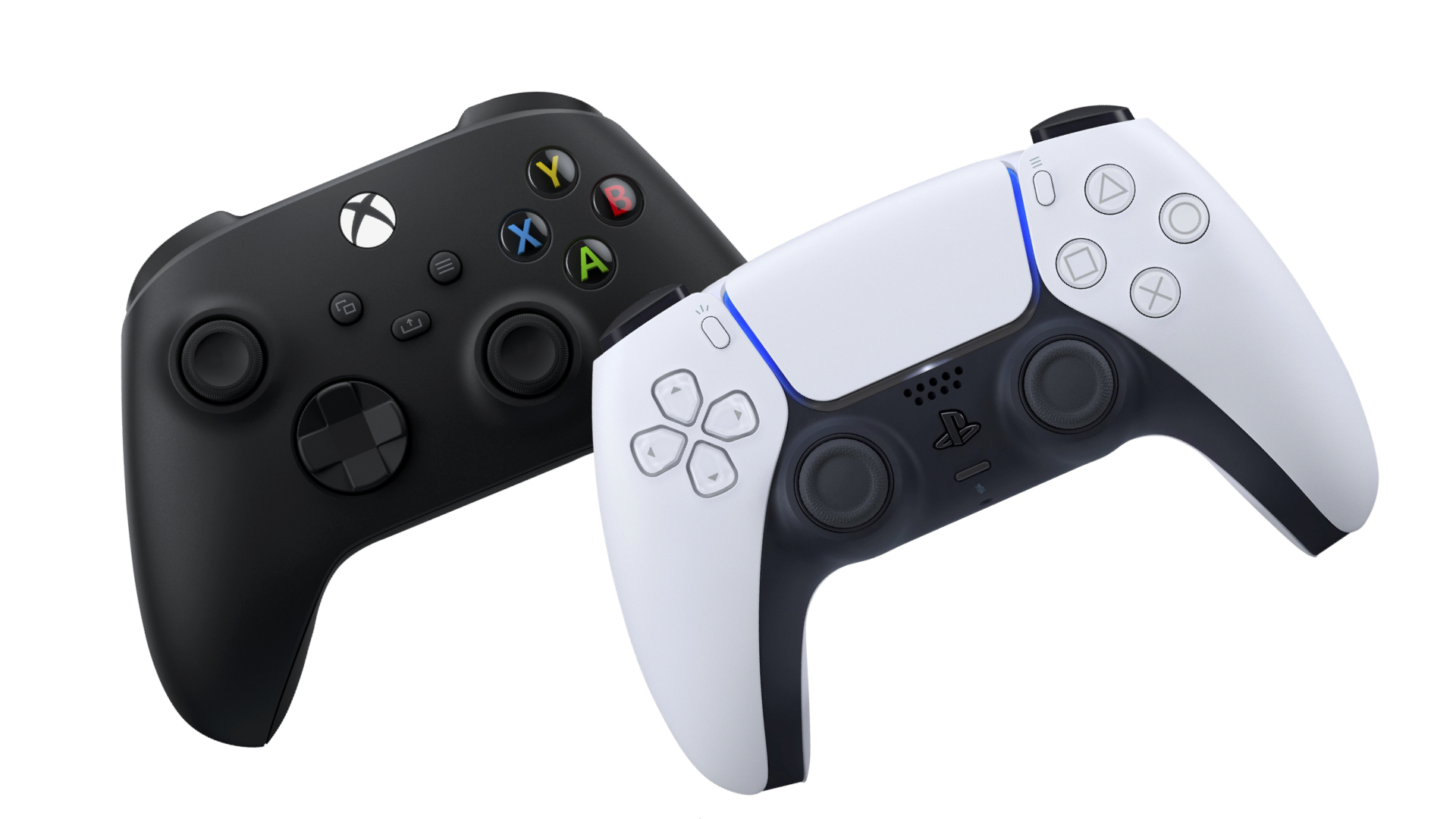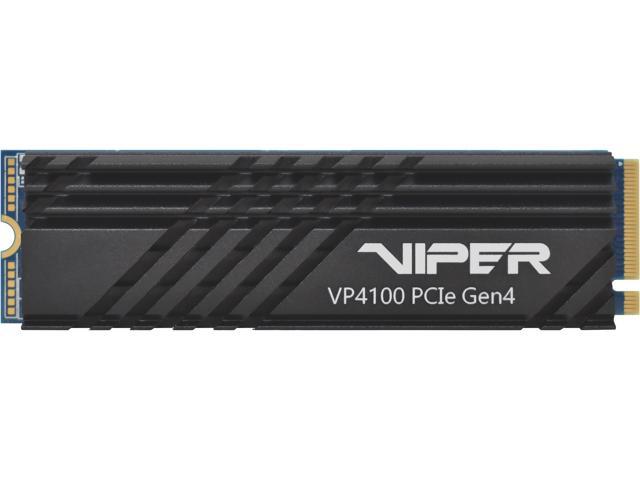Bernkastel
Ask me about my fanboy energy!


Xbox Velocity Architecture: A Closer Look at the Next-Gen Tech Driving Gaming Innovation Forward on Xbox Series X - Xbox Wire
When we set out to design the Xbox Series X, we aspired to build our most powerful console ever powered by next generation innovation and delivering consistent, sustained performance never before seen in a console with no compromises. To achieve this goal, we knew we needed to analyze each...
 news.xbox.com
news.xbox.com
Modern games require a significant amount of data to create the realistic worlds and universes that gamers experience. To enable the processor to work at its optimum performance, all of this data must be loaded from storage into memory. The explosion of massive, dynamic open-world environments and living, persistent worlds with increased density and variety has only increased the amount of data required. From environmental mesh data, high polygon character models, high resolution textures, animation data, audio and video source files and more all combine together to deliver the most immersive game play environment for the player.
Despite the ability for modern game engines and middleware to stream game assets into memory off of local storage, level designers are still often required to create narrow pathways, hallways, or elevators to work around the limitations of a traditional hard drive and I/O pipeline. These in-game elements are often used to mask the need to unload the prior zone's assets from memory while loading in new assets for the next play space. As we discussed developers' aspirations for their next generation titles and the limitations of current generation technology, this challenge would continue to increase exponentially and further constrain the ambition for truly transformative games. This feedback influenced the design and development of the Xbox Velocity Architecture.
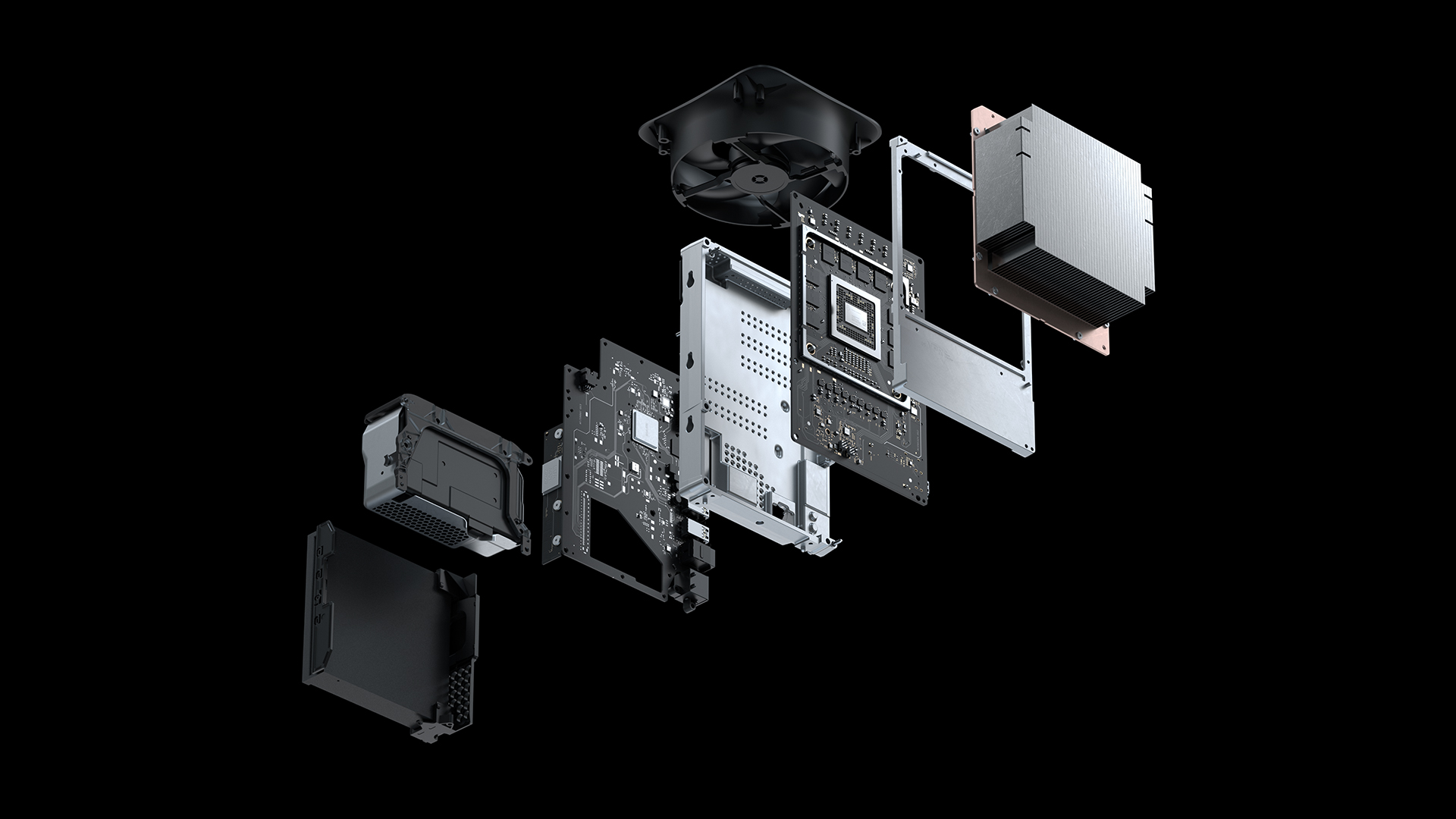
Xbox Series X: A Closer Look at the Technology Powering the Next Generation - Xbox Wire
A few months ago, we revealed Xbox Series X, our fastest, most powerful console ever, designed for a console generation that has you, the player, at its center. When it is released this holiday season, Xbox Series X will set a new bar for performance, speed and compatibility, all while allowing...
 news.xbox.com
news.xbox.com
Enter Xbox Velocity Architecture, which features tight integration between hardware and software and is a revolutionary new architecture optimized for streaming of in game assets. This will unlock new capabilities that have never been seen before in console development, allowing 100 GB of game assets to be instantly accessible by the developer. The components of the Xbox Velocity Architecture all combine to create an effective multiplier on physical memory that is, quite literally, a game changer.
Introducing the Xbox Velocity Architecture
I/O Throughput 2.4 GB/s (Raw), 4.8 GB/s (Compressed, with custom hardware decompression block)
The Xbox Velocity Architecture was designed as the ultimate solution for game asset streaming in the next generation. This radical reinvention of the traditional I/O subsystem directly influenced all aspects of the Xbox Series X design. If our custom designed processor is at the heart of the Xbox Series X, the Xbox Velocity Architecture is the soul. Through a deep integration of hardware and software innovation, the Xbox Velocity Architecture will power next-gen gaming experiences unlike anything you have seen before.
The Xbox Velocity Architecture comprises four major components: our custom NVME SSD, hardware accelerated decompression blocks, a brand new DirectStorage API layer and Sampler Feedback Streaming (SFS).


Xbox Series X - Xbox Velocity Architecture Trailer
As we enter a new generation of console gaming with the Xbox Series X, hardware and software innovations enable the amazing possibilities for the future of g...
Custom NVME SSD – The foundation of the Xbox Velocity Architecture is our custom, 1TB NVME SSD, delivering 2.4 GB/s of raw I/O throughput, more than 40x the throughput of Xbox One. Traditional SSDs used in PCs often reduce performance as thermals increase or while performing drive maintenance. The custom NVME SSD in Xbox Series X is designed for consistent, sustained performance as opposed to peak performance. Developers have a guaranteed level of I/O performance at all times and they can reliably design and optimize their games removing the barriers and constraints they have to work around today. This same level of consistent, sustained performance also applies to the Seagate Expandable Storage Card ensuring you have the exact same gameplay experience regardless of where the game resides.
Hardware Accelerated Decompression – Game packages and assets are compressed to minimize download times and the amount of storage required for each individual game. With hardware accelerated support for both the industry standard LZ decompressor as well as a brand new, proprietary algorithm specifically designed for texture data named BCPack, Xbox Series X provides the best of both worlds for developers to achieve massive savings with no loss in quality or performance. As texture data comprises a significant portion of the total overall size of a game, having a purpose built algorithm optimized for texture data in addition to the general purpose LZ decompressor, both can be used in parallel to reduce the overall size of a game package. To deliver similar levels of decompression performance in software would require more than 4 Zen 2 CPU cores.
Sampler Feedback Streaming (SFS) – Sampler Feedback Streaming is a brand-new innovation built on top of all the other advancements of the Xbox Velocity Architecture. Game textures are optimized at differing levels of detail and resolution, called mipmaps, and can be used during rendering based on how close or far away an object is from the player. As an object moves closer to the player, the resolution of the texture must increase to provide the crisp detail and visuals that gamers expect. However, these larger mipmaps require a significant amount of memory compared to the lower resolution mips that can be used if the object is further away in the scene. Today, developers must load an entire mip level in memory even in cases where they may only sample a very small portion of the overall texture. Through specialized hardware added to the Xbox One X, we were able to analyze texture memory usage by the GPU and we discovered that the GPU often accesses less than 1/3 of the texture data required to be loaded in memory. A single scene often includes thousands of different textures resulting in a significant loss in effective memory and I/O bandwidth utilization due to inefficient usage. With this insight, we were able to create and add new capabilities to the Xbox Series X GPU which enables it to only load the sub portions of a mip level into memory, on demand, just in time for when the GPU requires the data. This innovation results in approximately 2.5x the effective I/O throughput and memory usage above and beyond the raw hardware capabilities on average. SFS provides an effective multiplier on available system memory and I/O bandwidth, resulting in significantly more memory and I/O throughput available to make your game richer and more immersive.
Sampler Feedback Streaming(SFS) is an extension of Sampler Feedback which will be available in PC through DirectX 12U.
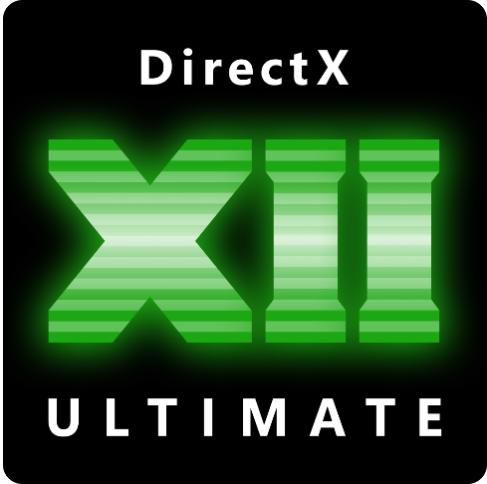
Coming to DirectX 12— Sampler Feedback: some useful once-hidden data, unlocked - DirectX Developer Blog
Why Feedback: A Streaming Scenario Suppose you are shading a complicated 3D scene. The camera moves swiftly throughout the scene, causing some objects to be moved into different levels of detail. Since you need to aggressively optimize for memory, you bind resources to cope with the demand for...
- YouTube
Enjoy the videos and music you love, upload original content, and share it all with friends, family, and the world on YouTube.
US10388058B2 - Texture residency hardware enhancements for graphics processors - Google Patents
Systems, methods, apparatuses, and software for graphics processing systems in computing environments are provided herein. In one example, a method of handling tiled resources in graphics processing environments is presented. The method includes establishing, in a graphics processing unit, a...
patents.google.com
This patent provides improved efficiency in usage of residency maps for GPUs. The layout of the residency maps here provides for viable hardware implementations, leading to faster and more efficient rendering of graphics for computing systems. Texture mapping process can be memory intensive, so Partially Resident Textures(PRTs) are used to aid in this process. PRTs partially map texture data only to portions of objects presently needed to be rendered, such as due to viewpoint characteristics of a user, obstruction by other objects, proximity to a viewer, or other factors. Mip mapping can also be included in this process to pre-compute a series or set of smaller and smaller texture representations to suit different levels of detail for the textures. This mip mapping can aid in anti-aliasing as well as provide less processor-intensive renderings.
Migrating elements of texture streaming implementations from mip-based streaming(i.e., loading entire levels of detail) to tile-based streaming and partial residency can be an effective mitigation to performance issues. Techniques using partial residency can allow content complexity to continue to grow without a corresponding increase in load times or memory footprint. Tiled resources can be improved so that these PRTs can be widely adopted while minimizing implementation difficulty and performance overhead for GPUs. These improvements include hardware residency map features and texture sample operations referred to herein as "residency samples", among other improvements.
The first enhancement includes a hardware residency map feature comprising a low-resolution residency map that is paired with a much larger PRT, and both are provided to hardware at the same time. The residency map stores the mipmap level of detail resident for each rectangular region of the texture. PRT textures are currently difficult to sample given sparse residency. Software-only residency map solutions typically perform two fetches of two different buffers in the shader, namely the residency map and the actual texture map. The primary PRT texture sample is dependent on the results of a residency map sample. These solutions are effective, but require considerable implementation changes to shader and application code, especially to perform filtering the residency map in order to mask unsightly transitions between levels of detail, and may have undesirable performance characteristics. The improvements herein can streamline the concept of a residency map and move the residency map into a hardware implementation. This is the custom hardware portion that performs feedback streaming in XSX.
A second enhancement includes an enhanced type of texture sample operation called a "residency sample". The residency sample operates similarly to a traditional texture sampling, except the part of the texture sample that request texture data from cache/memory and filters the texture data to provide an output value is removed from the residency sample operation. The purpose of the residency sample is to generate memory addresses that reach the page table hardware in the graphics processor but do not continue on to become full memory requests. Instead, the residency of the PRT at those addresses is checked and missing pages are non-redundantly logged and requested to be filled by the OS or a delegate. This describes how Sampler Feedback is an improvement over standard PRT.
DirectStorage API – Standard File I/O APIs were developed more than 30 years ago and are virtually unchanged while storage technology has made significant advancements since then. As we analyzed game data access patterns as well as the latest hardware advancements with SSD technology, we knew we needed to advance the state of the art to put more control in the hands of developers. We added a brand new DirectStorage API to the DirectX family, providing developers with fine grain control of their I/O operations empowering them to establish multiple I/O queues, prioritization and minimizing I/O latency. These direct, low level access APIs ensure developers will be able to take full advantage of the raw I/O performance afforded by the hardware, resulting in virtually eliminating load times or fast travel systems that are just that . . . fast.
Through the massive increase in I/O throughput, hardware accelerated decompression, DirectStorage, and the significant increases in efficiency provided by Sampler Feedback Streaming, the Xbox Velocity Architecture enables the Xbox Series X to deliver effective performance well beyond the raw hardware specs, providing direct, instant, low level access to more than 100GB of game data stored on the SSD just in time for when the game requires it. These innovations will unlock new gameplay experiences and a level of depth and immersion unlike anything you have previously experienced in gaming.
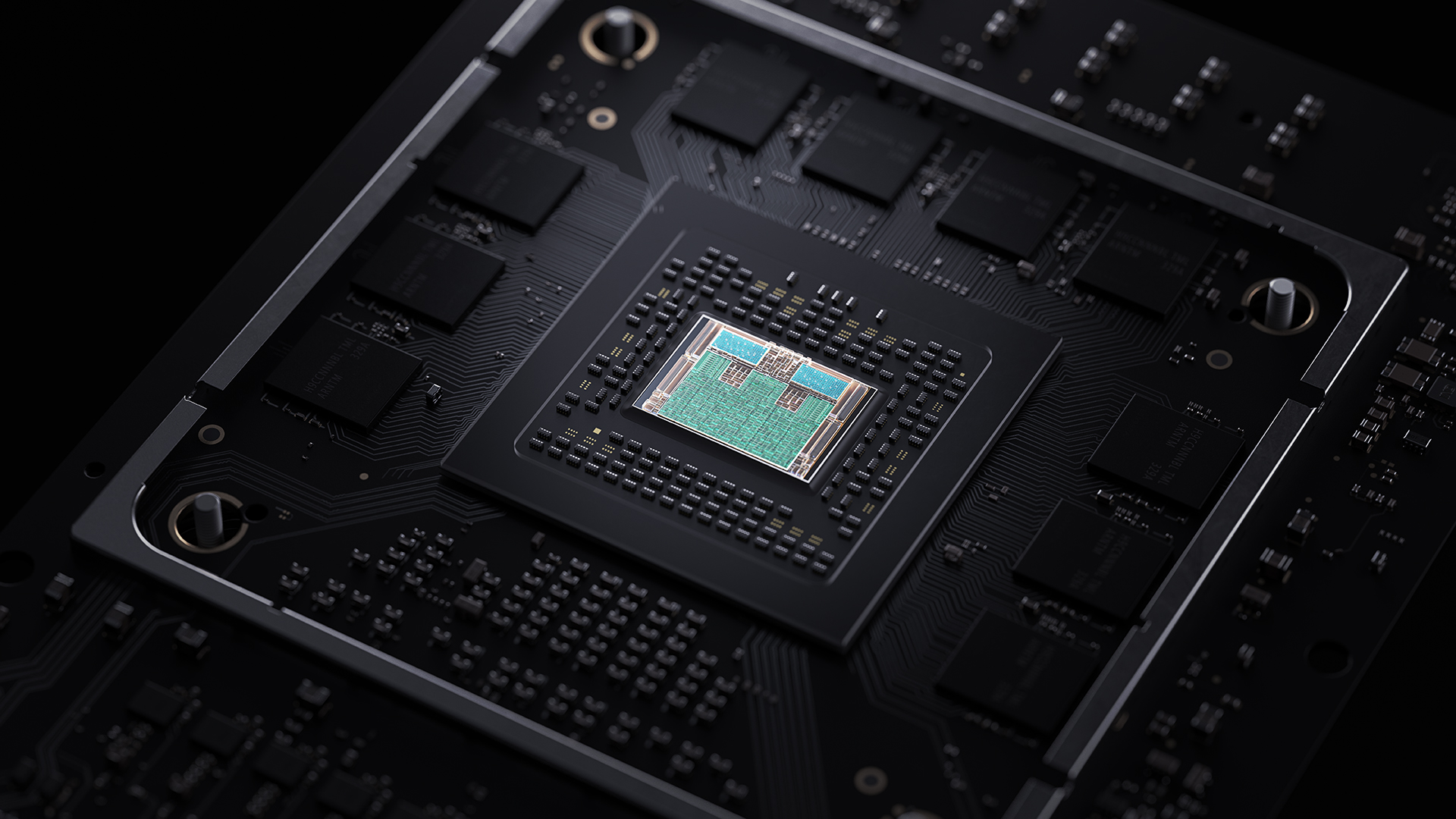
Defining the Next Generation: An Xbox Series X|S Technology Glossary - Xbox Wire
[Editor’s Note: Updated on 10/21 at 11AM to ensure it is now reflective of the capabilities across both of our next-gen Xbox consoles following the unveil of Xbox Series S.] As we enter a new generation of console gaming with Xbox Series X and Xbox Series S, we’ve made a number of technology...
 news.xbox.com
news.xbox.com

Inside Xbox Series X: the full specs
We visit Microsoft for a briefing on the impressive tech of its next flagship console
Use of Machine Learning in texture compression"Our second component is a high-speed hardware decompression block that can deliver over 6GB/s," reveals Andrew Goossen. "This is a dedicated silicon block that offloads decompression work from the CPU and is matched to the SSD so that decompression is never a bottleneck. The decompression hardware supports Zlib for general data and a new compression [system] called BCPack that is tailored to the GPU textures that typically comprise the vast majority of a game's package size."
Patent US20200105030A1 and US20190304138A1 describes the use of machine learning in texture compression or upscaling and reducing search space for real time texture compression.
US20200105030A1 - Machine learning applied to textures compression or upscaling - Google Patents
Methods and devices for generating hardware compatible compressed textures may include accessing, at runtime of an application program, graphics hardware incompatible compressed textures in a format incompatible with a graphics processing unit (GPU). The methods and devices may include...
patents.google.com
US20190304138A1 - Reducing the search space for real time texture compression - Google Patents
Methods and devices for real time texture compression may include accessing graphics hardware incompatible compressed textures in a format incompatible with the GPU, and a metadata file associated with the graphics hardware incompatible compressed textures, wherein the metadata file includes at...
patents.google.com

Microsoft’s Game Stack chief: The next generation of games and game development
James Gwertzman, general manager of Microsoft Game Stack, gets to see how thousand of games are developed and run. He talked about the future of games.
Gwertzman: You were talking about machine learning and content generation. I think that's going to be interesting. One of the studios inside Microsoft has been experimenting with using ML models for asset generation. It's working scarily well. To the point where we're looking at shipping really low-res textures and having ML models uprez the textures in real time. You can't tell the difference between the hand-authored high-res texture and the machine-scaled-up low-res texture, to the point that you may as well ship the low-res texture and let the machine do it.
Journalist: Can you do that on the hardware without install time?
Gwertzman: Not even install time. Run time.
Journalist: To clarify, you're talking about real time, moving around the 3D space, level of detail style?
Gwertzman: Like literally not having to ship massive 2K by 2K textures. You can ship tiny textures.
Journalist: Are you saying they're generated on the fly as you move around the scene, or they're generated ahead of time?
Gwertzman: The textures are being uprezzed in real time.
Microsoft & AMD Supercharge Console Gaming with the Xbox Series X
I am excited to share some of the details that Microsoft announced today on Xbox® Series X, and how it is built upon the partnership with the team at AMD. Together, we have relentlessly pushed the innovation boundaries of gaming devices for the last 15 years. Today, AMD and Microsoft are...
- New gaming experiences with seamless content paging from the SSD to the GPU based on the revolutionary Xbox Velocity Architecture
Next-Generation Gaming Unveiled with Microsoft and AMD
I am a lifelong gamer, and gaming is in my heart. With more than one in three people in the world gaming, gaming has brought communities together across the world and across all cultures. It’s all about how we learn and connect with each other through play. The highly anticipated...
We have focused on ensuring games don't just look better but play better as well, driven by key, new hardware-accelerated features such as seamless content paging from the SSD to the GPU based on the revolutionary Xbox Velocity Architecture.
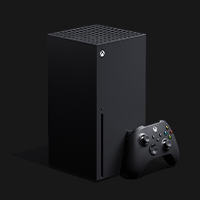
Xbox Series X | Xbox
Discover the fastest, most powerful Xbox ever with the Xbox Series X.
www.xbox.com
Designed for speed and performance
The Xbox Velocity Architecture unlocks new speed & performance capabilities through the groundbreaking combination of hardware, a custom 1TB SSD & CPU and deep software integration, to make for richer and more dynamic living worlds unlike anything ever seen before.
Larry Hryb:
Yeah. That's ties into something else that we've talked about you and I talked about this in the past is this Xbox velocity architecture. Explain to us what that is, because a lot of folks may not remember.
Jason Ronald:
Sure. The Xbox velocity architecture is really our way of rethinking and re-revolutionizing how an IO pipeline works. There's really four major components of the Xbox velocity architecture. At its core is our custom NVMe SSD. That really is the foundation that everything builds on top of. On top of that, we have dedicated hardware decompression blocks, so that we can stream data off the disk as fast as possible. Then we provide developers with a brand new API called direct storage, that gives them direct low level access to the hardware, so they have a lot more fine grain controls.
Then the real tech brings that all together is sampler feedback for streaming, which actually is really the ultimate solution for game asset streaming, which will really allow developers to work beyond the limitations of technology, and really have instant access to the full collection of assets of their game.
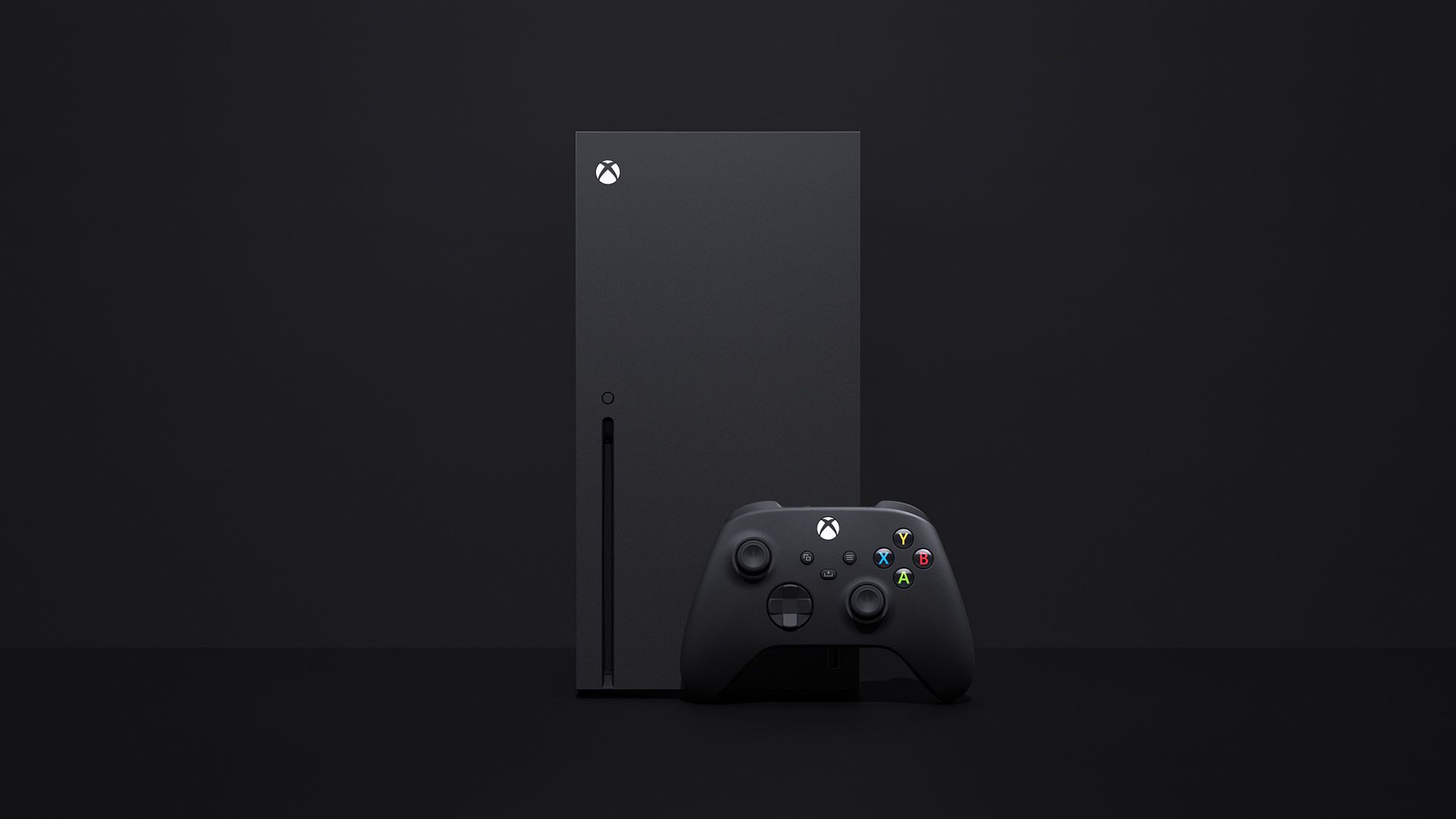
With Xbox Series X, compatibility and accessibility is just as important to Microsoft as improving graphical fidelity
Jason Ronald, the director of program management for Xbox Series X, details Microsoft's vision for the future of gaming
While I get the impression that Ronald would be only too happy to spend all day talking about Xbox Series X specs, he's quick to highlight the importance of the SSD – it's a "transformative" component to Microsoft's vision of the future of gaming. "The SSD is the foundation of the Xbox Velocity Architecture, which was a radical reinvention of how game asset streaming works," he says, detailing just one example of how the SSD has left an impression on the Xbox team. "And what that really does, as a game developer, [is] it removes all constraints from how you choose to build the game. No longer do you have to funnel players through individual hallways or elevators, you can kind of unshackle a game developer's creativity to create those large living open worlds that players all want to enjoy."
The Xbox Series X – so much of its toolsets and software – has been engineered around the SSD. As a result, I'm told, the solid-state drive has far-reaching implications. It will help unlock richer and more dynamic living worlds. It enables platform features such as Quick Resume, which will enable you to resume a game exactly where you left off across multiple titles. It will help power hardware-accelerated DirectX Raytracing, and ensure that games are able to run a 4K resolution at up to 120 frames-per-second.

Microsoft Explains The Xbox Series X's High-Speed Secret Sauce
We chat with Jason Ronald, one of the lead engineers on the Xbox Series X, about Xbox Velocity Architecture, the mixture of hardware and software that aims t...
- YouTube
Enjoy the videos and music you love, upload original content, and share it all with friends, family, and the world on YouTube.

You Are the Future of Gaming - Xbox Wire
Games are a source of joy, inspiration, and social connection. They have the power to bring us together, create empathy, and strengthen our social fabric. As we prepare for the next generation, our efforts to make gaming more inclusive, more immersive, more connected, and more social are as...
 news.xbox.com
news.xbox.com
From Hot Chips 2020Xbox Series X also enables you to spend less time waiting and more time playing, as it virtually eliminates load times with the 40x boost in I/O throughput from last generation. With our custom next-generation SSD and Xbox Velocity Architecture, nearly every aspect of playing games is improved. Game worlds are larger, more dynamic and load in a flash, and fast travel is just that – fast. The Xbox Velocity Architecture also powers new platform capabilities like Quick Resume, which enables you to seamlessly switch between multiple titles and resume instantly from where you last left off without waiting through long loading screens. Right now, Xbox Series X is in the hands of our 15 Xbox Game Studios teams and thousands of third-party developers, empowering them to create a new generation of blockbuster games for you to enjoy.
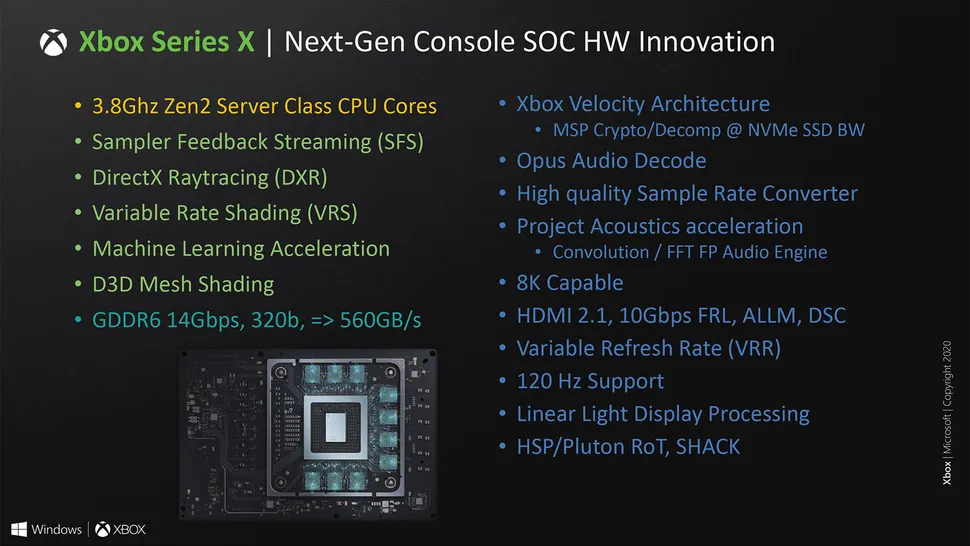
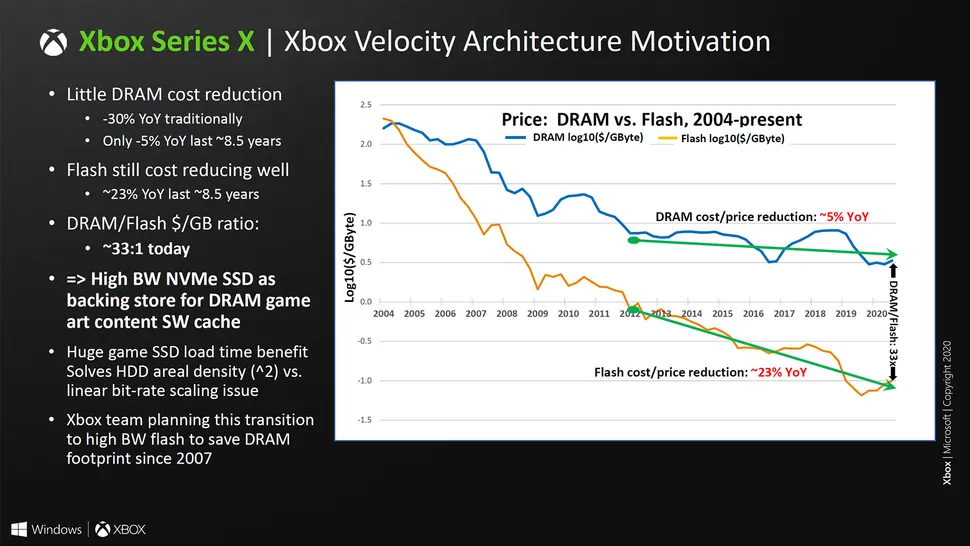
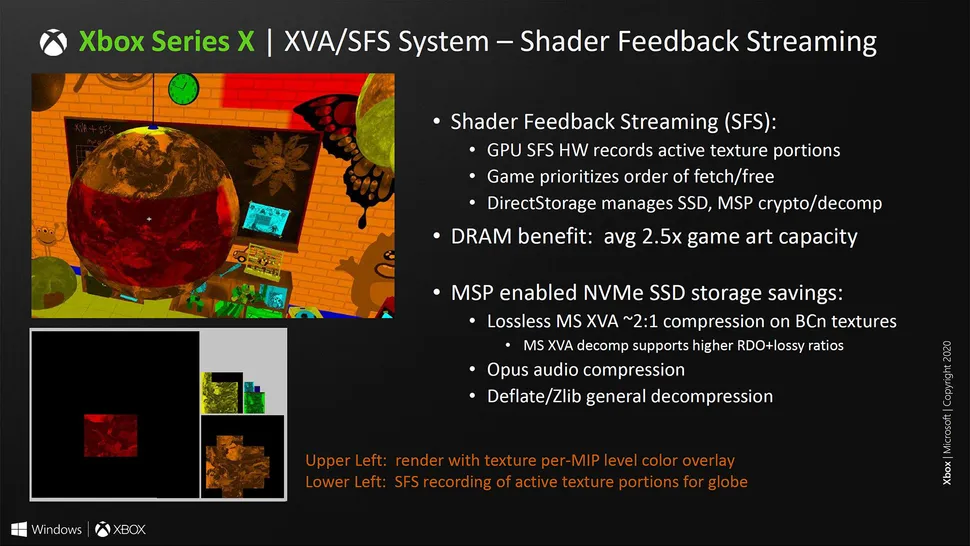
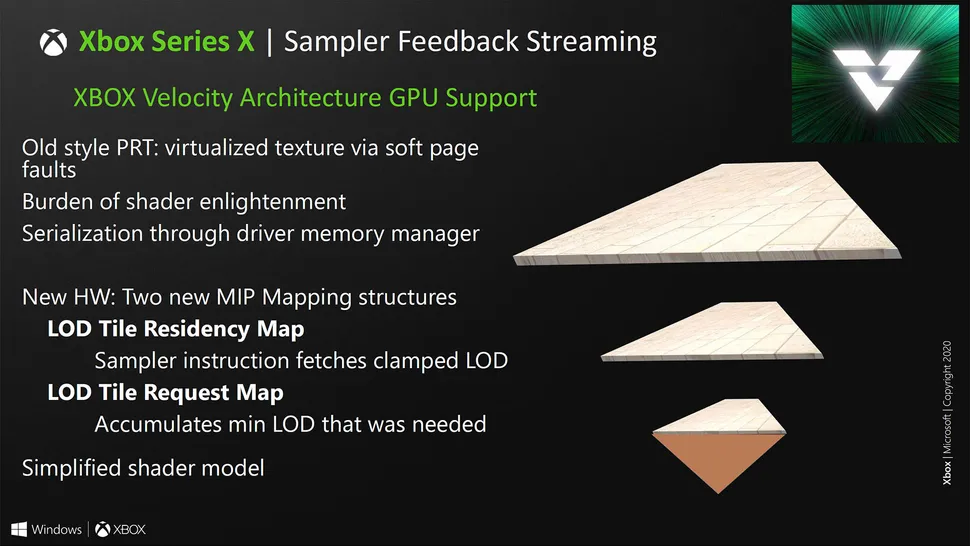
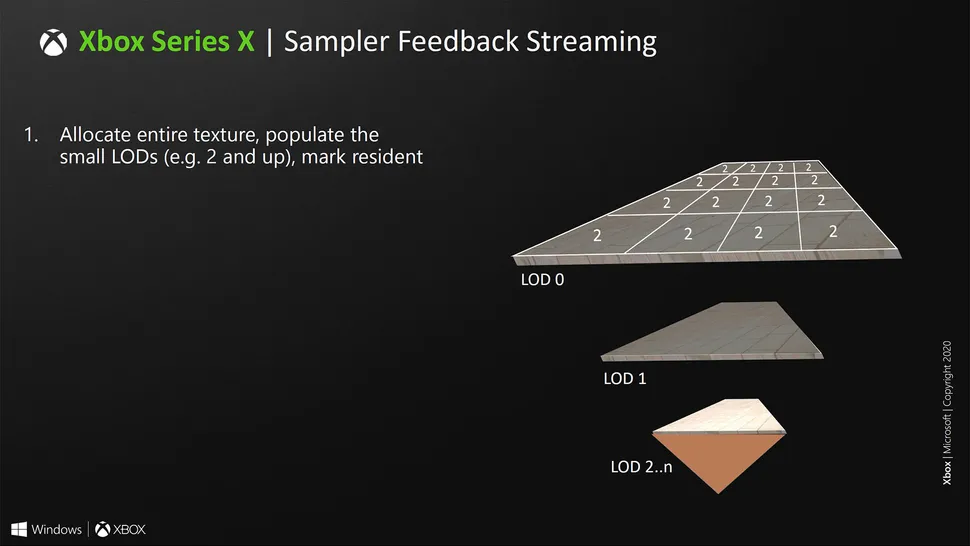
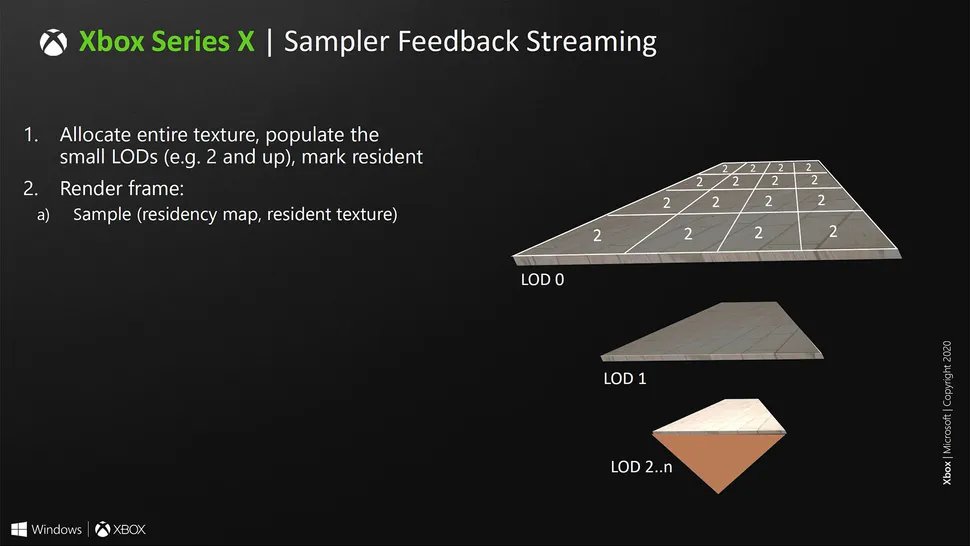
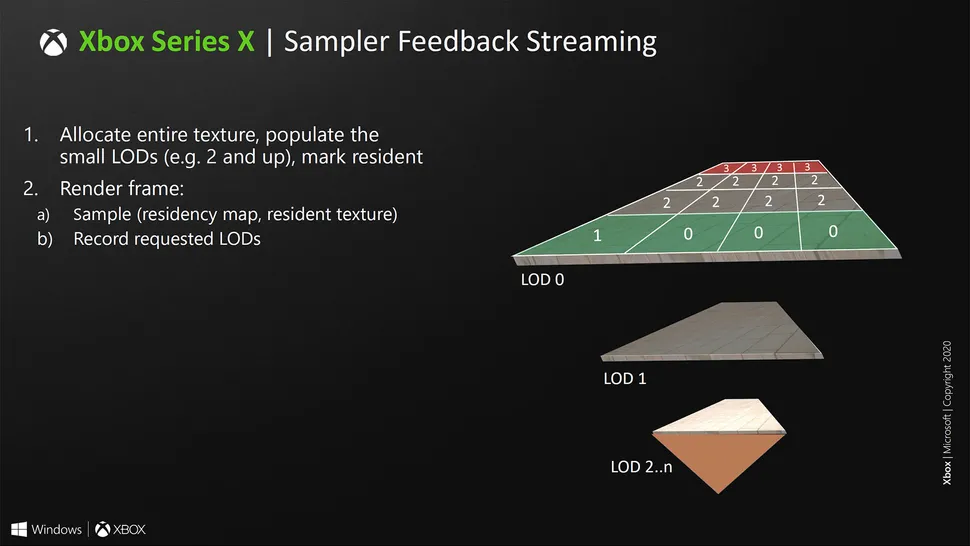
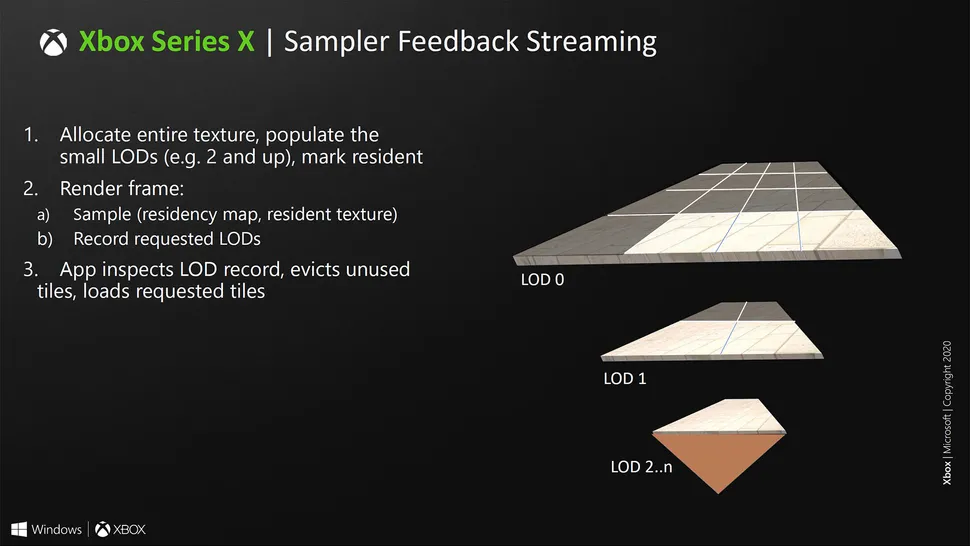
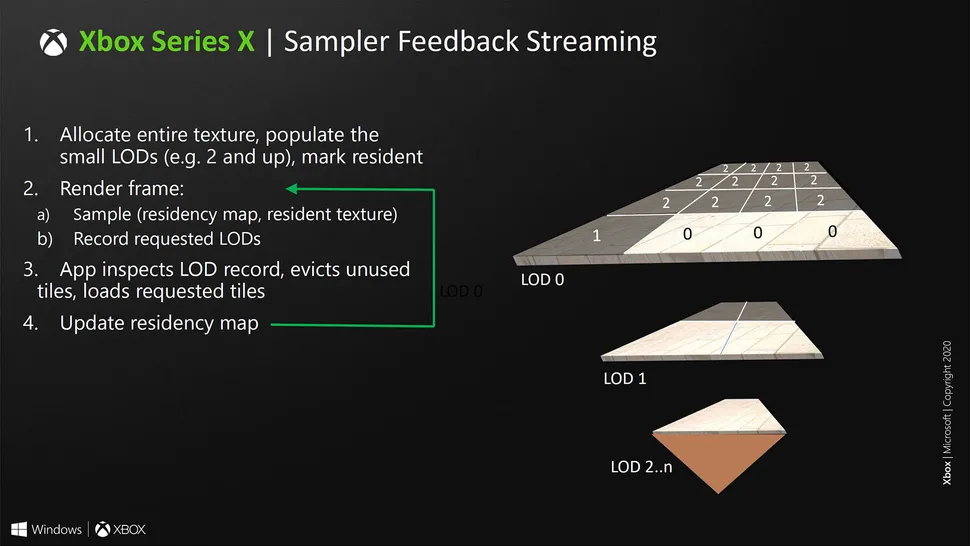
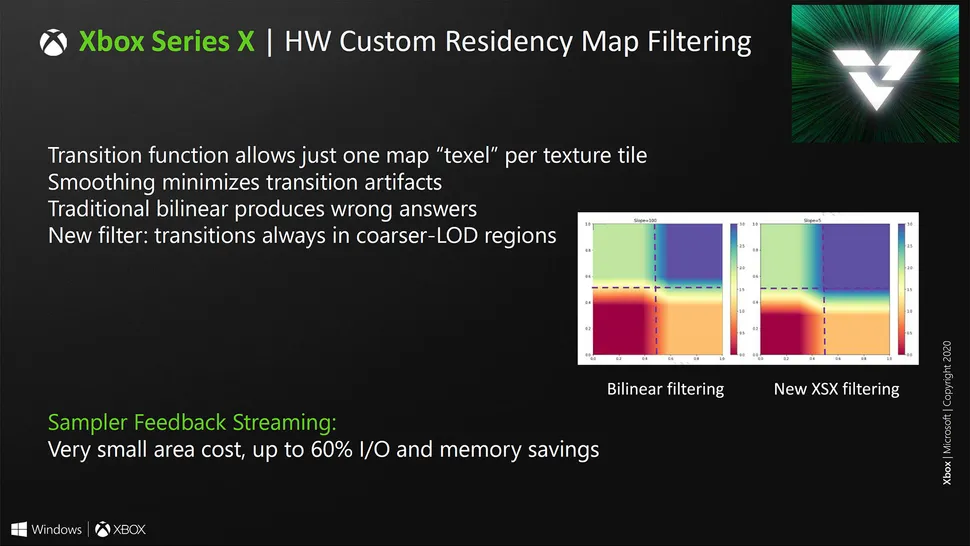
Unlocking Next Generation Experiences
What does this all mean for you as a gamer? As the industry's most creative developers and middleware companies have begun to explore these new capabilities, we expect significant innovation throughout the next generation as this revolutionary new architecture enables entirely new scenarios never before considered possible in gaming. The Xbox Velocity Architecture provides a new level of performance and capabilities well beyond the raw specifications of the hardware itself. The Xbox Velocity Architecture fundamentally rethinks how a developer can take advantage of the hardware provided by the Xbox Series X. From entirely new rendering techniques to the virtual elimination of loading times, to larger, more dynamic living worlds where, as a gamer, you can choose how you want to explore, we can't be more excited by the early results we are already seeing. In addition, the Xbox Velocity Architecture has opened even more opportunities and enabled new innovations at the platform level, such as Quick Resume which enables you to instantly resume where you left off across multiple games, improving the overall gaming experience for all gamers on Xbox Series X.
- YouTube
Enjoy the videos and music you love, upload original content, and share it all with friends, family, and the world on YouTube.

Big in 2020: The Medium is channelling the spirit of Silent Hill to pull psychological horror games into the next generation
Bloober Team's Wojciech Piejko and Jacek Zieba take us inside The Medium, its ambitious horror game for Xbox Series X
You should think of The Medium as Bloober Team's largest and most ambitious game to date. The team isn't creating one world, but two: a version of our own, and a reflection of it in the spirit realm. You'll be able to shift seamlessly between the two in The Medium with – Bloober promises – no discernible load times or impact to game performance and graphics, thanks to the power of the Xbox Series X.
Last edited:



